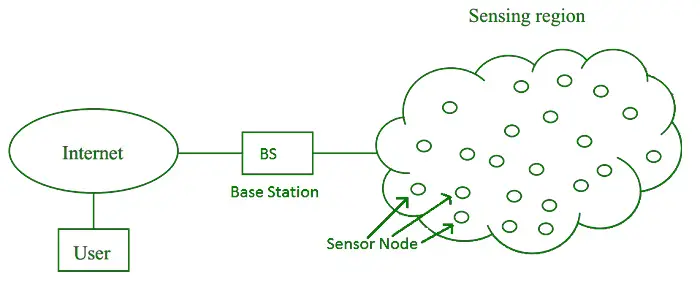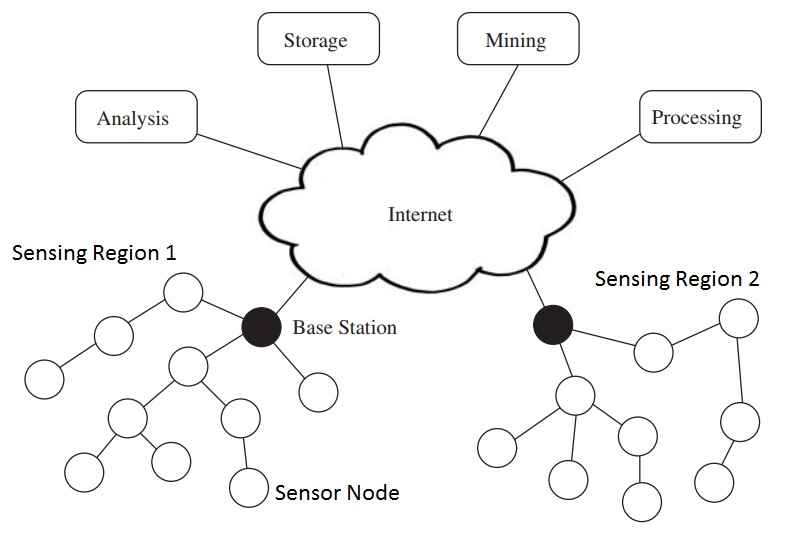
What is the Meaning of Wireless Sensor Networks
A wireless sensor network (WSN) can be defined as a network of small embedded devices, called sensors, which communicate wirelessly following an ad hoc configuration.

Credit: slideplayer.com

Credit: www.electronicshub.org
How Wireless Sensors Work
Wireless sensors work through detecting disturbances in electromagnetic waves or signals — the same kinds of waves that are commonly used by your home WiFi connection.
Common Components And Features
Typically, a wireless sensor network contains hundreds of thousands of sensor nodes. The sensor nodes can communicate among themselves using radio signals. These nodes are equipped with sensing and computing devices, radio transceivers, and power components.
Advantages of Wireless Sensor Networks
The main advantage of using wireless sensor networks includes flexibility and scalability. One of the biggest benefits of having a wireless network is that they’re really easy to add to or modify. That means you can easily reposition sensors to get a stronger signal, or if the room function or layout changes.
Real-World Deployment and Applications
Wireless sensor networks are widely used in various fields such as agriculture to monitor environmental conditions and control irrigation. They are also deployed for monitoring and recording the physical conditions of different environments.
Conclusion
Wireless sensor networks play a crucial role in monitoring and controlling different phenomena or events, and their applications continue to expand in various industries.
Frequently Asked Questions Of What Is The Meaning Of Wireless Sensor Networks
What Is Meant By Wireless Sensor Networks?
Wireless sensor networks are networks of small devices, called sensors, enabling wireless communication for data collection and transmission. These networks detect and transmit disturbances in electromagnetic waves, offering enhanced mobility and communication over both short and long distances. They are equipped with sensing and computing devices, radio transceivers, and power components.
How Do Wireless Sensors Work?
Wireless sensors work by detecting disturbances in electromagnetic waves or signals. These sensors communicate wirelessly, similar to your home WiFi connection. Unlike wired sensing, wireless sensors are more mobile and versatile, allowing communication over short and long distances. They are commonly used in wireless sensor networks, which consist of small embedded devices that communicate wirelessly in an ad hoc configuration.
This technology offers flexibility and scalability, making it easy to add or modify sensors as needed.
What Is Typical Wireless Sensor Network?
A typical wireless sensor network consists of numerous sensor nodes communicating via radio signals for data transmission.
What Is The Main Advantage Of Using Wireless Sensor Networks?
Flexibility and scalability are the main advantages of using wireless sensor networks. They allow easy addition or modification of sensors to optimize signal strength and adapt to changes in room function or layout effectively.
